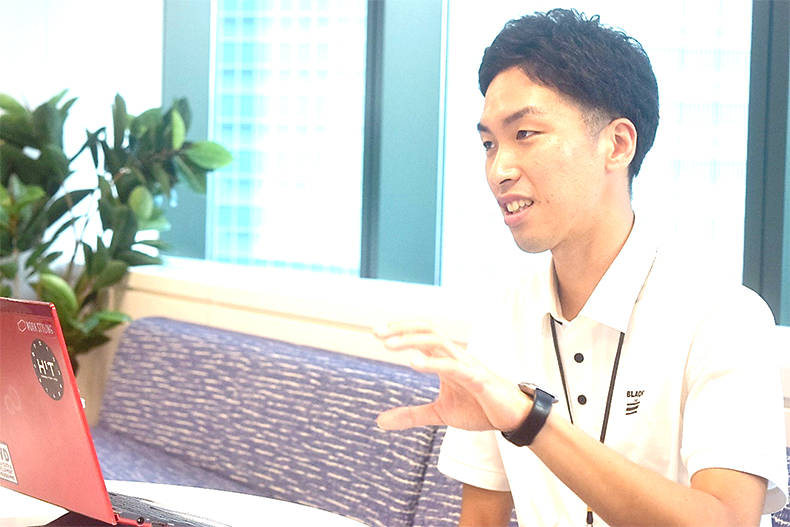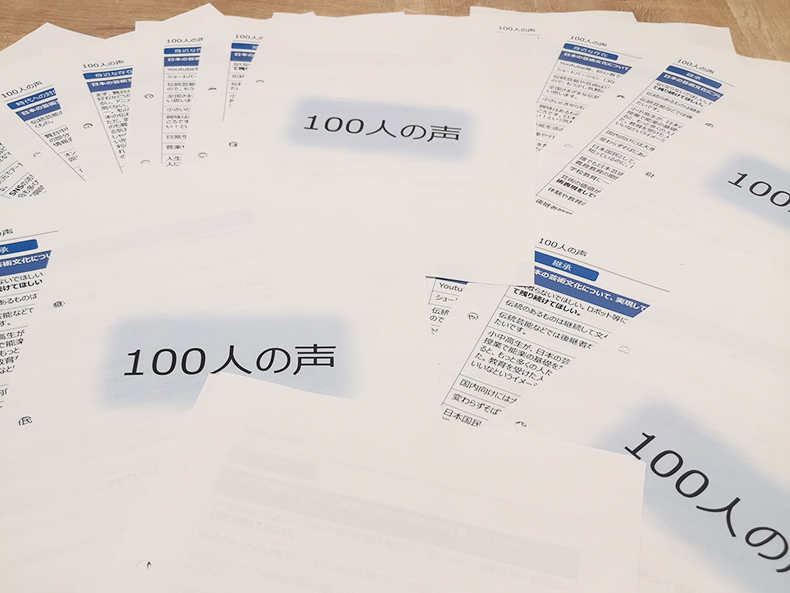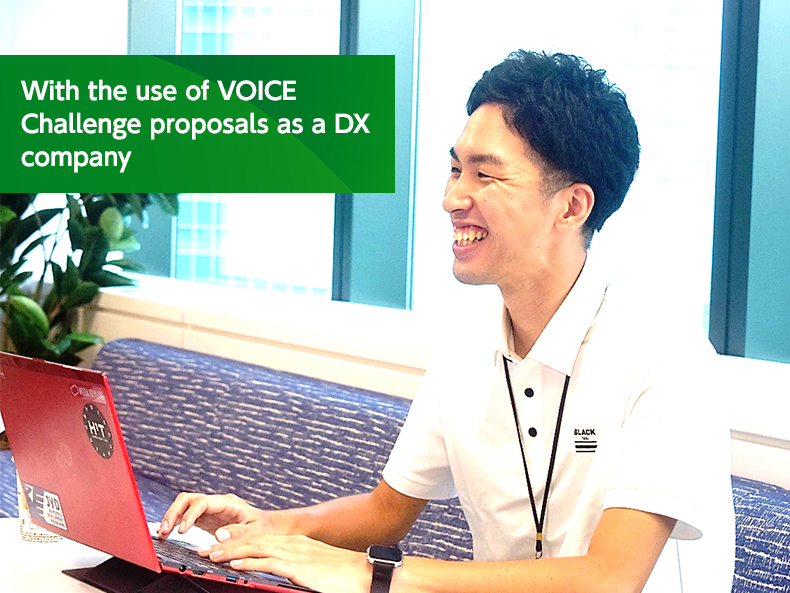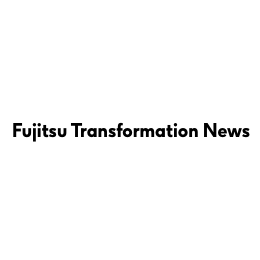- Table of Contents
What is "Voice" program?
Fujitsu is implementing a project to promote corporate DX called Fujitsu Transformation, or FUJITORA for short. One of the project's frameworks is the VOICE program. The goal of this program is to enhance the synergy between the customer experience and the employee experience by absorbing and analyzing the actual voice of the customer and employee, and then applying it to "speed-up of judgment" and ”change of action”.
Many companies have long been engaged in efforts to gather feedback from customers. However, there are many cases where it is not necessarily true that the collected opinions have been used effectively in corporate management and business to provide a superior customer experience. In order to listen not only to indirect voices but also to direct voices in a timelier manner, is it possible to pick up the voices of 130,000 Fujitsu Group employees and apply them to management? The "VOICE Program" was born from this recognition of issues. In February 2022, the company was awarded the Experience Management category at the SAP Japan Customer Award 2021 sponsored by SAP Japan.
This time, we actually utilized this VOICE program to solve the customer's problem, Satoshi Kawaguchi spoke.
Challenge to business negotiations with VOICE, Fujitsu employee story
 Satoshi Kawaguchi, Business Department Ⅲ, Central Government Business Division Ⅱ, Government & Public Business Unit, Japan Region, Fujitsu Limited
Satoshi Kawaguchi, Business Department Ⅲ, Central Government Business Division Ⅱ, Government & Public Business Unit, Japan Region, Fujitsu Limited
――Could you tell me the history of using VOICE?
Kawaguchi: The impetus for this was to discuss the replacement of LAN with customers who run theaters. This was our first proposal to this customer, and we also had the possibility of competing with other companies, so it was difficult for us to differentiate ourselves from other companies in terms of the content of the negotiations. We tried to find a proposal that would not compete on price but capitalize on Fujitsu's unique strengths, but it was difficult, and we were at a loss.
I want to make a proposal as a DX company
――In such a difficult situation, you seem to have accepted your proposal to the customer. What was the reason?
Kawaguchi: I have a strong desire to make proposals as a DX company. Fujitsu employees often hear the words "DX Company," "Fuji Tiger," and "Business Producer Transformation." Fujitsu's activities in these areas are attracting attention from customers and competitors. As a result, I thought that the proposal as a DX company would differentiate us from other companies and make Fujitsu stand out in its own way.
As we were looking for information that could lead to DX proposals, we found out that VOICE programs can realize "VOC (Voice of Customer) proposals" and decided to use them.
Not as Fujitsu, but as an End User
Kawaguchi: I think that many salespeople feel that the voices of our customers and the customers in the future, so-called end users, are valuable when considering potential needs and what we should be. In some cases, there may be keywords those customers don't usually notice. We wanted to hear the voices of 130,000 Fujitsu employees with diverse interests and tastes, not as employees but as end users.
Fujitsu is a big organization. There are a wide variety of communities within the company, and a variety of information is exchanged on a daily basis. This time, we focused on the communities that are interested in Japanese art and culture and those that support new initiatives within the company. We conducted a questionnaire through chat with Yammer and Teams and asked questions such as "Thoughts on Art and Culture," "How to Promote Art and Culture," and "What Future We Want to Realize.". As a result, we received more than 100 responses.
In the actual proposal materials, we described the issues seen from the analysis and analysis of the answers. The aim was not only to offer a proposal as a LAN replacement business, but also to propose a proposal as part of a medium- to long-term project by differentiating itself from other companies by presenting issues that capture the essence of issues based on the opinions of end users.
 Actual proposal materials filled with the voices of 100 people
Actual proposal materials filled with the voices of 100 people
――Instead of sending to 130,000 people blindly, it was sent to a specific community and targeted. How was your evaluation?
Kawaguchi: They were very pleased. We received compliments such as, "This was the first time for us to make such a proposal," "It was helpful to hear the voices of the audience," and "It will be an opportunity for us to think about how we should promote art and culture," and the negotiations ended successfully.
Filling Individual Feelings
――Have you ever experienced the benefits of using VOICE?
Kawaguchi: There are two. First, I was able to do research that matched my purpose with a sense of speed. In general, when you create a proposal, you will search for the information you need and combine it to create a story that you will be disappointed. However, it may actually take too much time, or you may not have the information you want.
This time, I was able to define a proposal story by making questions by myself and creating information using VOICE. It was my first experience like this, so I felt it was very fresh and effective.
Second, I was able to make proposals with more people in the company. This was feedback from the inside of the company who cooperated with us at VOICE, and there were some people who said that they were happy to be involved in the proposal in this way for the employees in the departments such as the indirect department where they have few opportunities to have direct contact with customers. I believe that there are many jobs where it is difficult to mediate the wishes and thoughts of individuals, but I feel that through this initiative, we have been able to create proposals that incorporate many of these ideas.
In this article, we introduced examples of high-value-added proposals that were made not by Fujitsu employees, but by soliciting opinions from the standpoint of individual users and making recommendations on customer needs and ideal forms based on those opinions. In addition to the stories introduced this time, the number of cases where VOICE is used in the company is increasing. Fujitsu will continue to utilize its enormous power of 130,000 employees in Japan and overseas to make proposals that are unique to Fujitsu and that are of value to customers.




